Beak problems are unfortunately far too common in pet birds, and they can cause serious difficulties in daily functions. Eating issues, as well as climbing and holding toys, can be inhibited by an unhealthy or painful beak. Thankfully, though, these common beak problems are largely avoidable. Different types of beak problems exist, and they may be due to malnutrition, disease, or even trauma, but by knowing about some of the more common issues, bird owners will be better equipped to prevent them from happening.
What Are Common Beak Problems in Birds?
Common beak problems in birds are issues that cause an abnormal change in a bird's bill. Birds use their beaks almost as another appendage and also to eat and drink so normal daily functions can be difficult if your bird has a beak problem. Common beak problems are often defined by the types of abnormalities that are seen on the beak and they can happen to any kind of bird from macaws to budgies.
Symptoms of Common Beak Problems in Birds
Birds can develop a variety of beak problems from simply aesthetic issues to severely painful and very serious ones.
Masses or Growths
While less common than other beak problems, growths can form on the beak. This is typically an indication of melanoma or squamous cell carcinoma. These are very serious diseases and require veterinary attention.
Holes or Pitting
A bird's beak should be pretty smooth, if there are holes or pits in the surface, this is an indication of a problem. These holes can also create instability and lead to breakage or create places for food and other debris to become lodged and encourage an infection.
Discoloration
Some birds have light colored beaks, some have dark colored beaks, and others have a combination of normal colors. An indication of a beak problem in a bird is when the beak turns an abnormal color in one area.
Softening
Depending on the species of bird you own, the beak should be hard enough to use to grasp and climb, as well as crack open seeds and nuts. A beak should never be soft or pliable so if part of it becomes weak and is able to be bent, this is a problem. Soft spots on the beak that then turn into holes are also very concerning.
Peeling or Flaking
Beaks are made of keratin so, like nails, they continually grow. Some times during this growth process, different layers are seen and a small amount of flaking can be normal but large amounts are not. If your bird's beak is regularly peeling or flaking, this is a problem and indicates an unhealthy beak.
Cracks
Beaks are strong; they should not be easily traumatized or break, but sometimes they develop a crack. This crack may be due to an injury or because the beak is soft and unhealthy, A normal beak should never have a crack in it.
Pieces Breaking Off
While it can be normal for a healthy beak to have some small pieces to break off as it grows, large pieces that cause the beak to no longer be smooth are not normal. Pieces may break off as a result of trauma or because the beak is unhealthy.
Overgrowth
Beaks continually grow, so if they are not worn down in a natural manner, they can become overgrown. This can happen to both the top and bottom parts of the beak, and if they become long enough, they may even criss-cross and result in a scissor beak. Overgrown beaks can prevent a bird from eating, climbing, and holding toys, so even if it isn't painful or due to an underlying disease, this problem should not be ignored.
Abnormal Shape
Different species of birds may have differently shaped beaks, but if your bird's beak starts growing in an abnormal shape, this means there is an issue. Severe trauma to the beak can permanently damage how it will grow in the future, but some diseases can also cause abnormal growth.
Causes of Beak Problems in Birds
There are a variety of things that can cause beak problems in birds and most are preventable.
- Infections
- Injuries
- Cancer
- Nutritional deficiencies
- Developmental abnormalities
- Liver disease
- Lack of or inappropriate chew toys
Diagnosing Beak Problems in Birds
In order to diagnose the cause of a beak problem in a bird, your veterinarian will discuss your bird's environment and diet at length. This, depending on the specific type of beak problem, will help them determine whether there is something that could be causing or contributing to your bird's beak problem. A full physical examination will be next, and if any laboratory testing is needed, samples will be obtained. Blood tests will be needed to determine if your bird has liver or other underlying diseases, and a cytology and/or culture will be performed if a bacterial or fungal infection is suspected.
Treatment
Once you discover the cause of your bird's beak problem, a treatment plan to correct or manage the issue can be recommended. This treatment plan may include a beak trim, medications, dietary additions or changes, and environmental modifications. Depending on the reason for the beak problems, this treatment plan may be temporary or a permanent change to your bird's lifestyle.
Prognosis for Birds With Beak Problems
Most beak problems in birds are able to be corrected or managed, but some may be due to a serious underlying disease. The prognosis for a beak problem that is caused by a dietary or environmental issue is usually very good but for underlying diseases and infections, it may not be. Cancer, some infections, and even liver disease may not have as good of a prognosis as a problem that can be corrected by a dietary or environmental change.
How to Prevent Beak Problems
Birds require specific nutrition and environments well-suited for their species. The best way to prevent your bird from developing beak problems is to provide it with these things. Proper diets will contain all the necessary vitamins and minerals that your bird needs and environments with appropriate chew toys, perches, and climbing options will help keep a beak properly groomed. Ensuring your bird is always in a safe environment will also help decrease the likelihood of a traumatic injury that can cause beak problems.

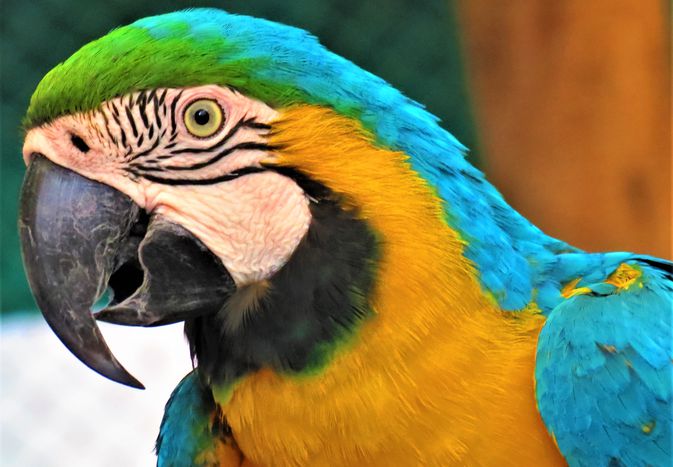
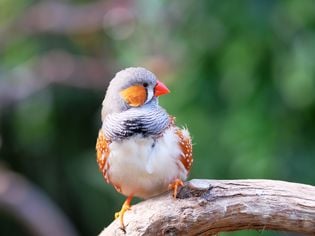
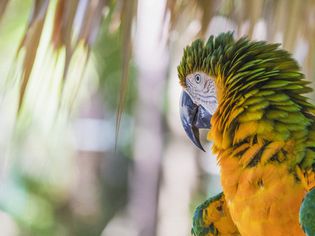
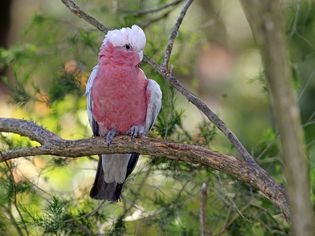
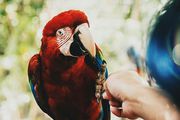
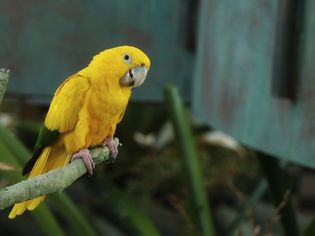
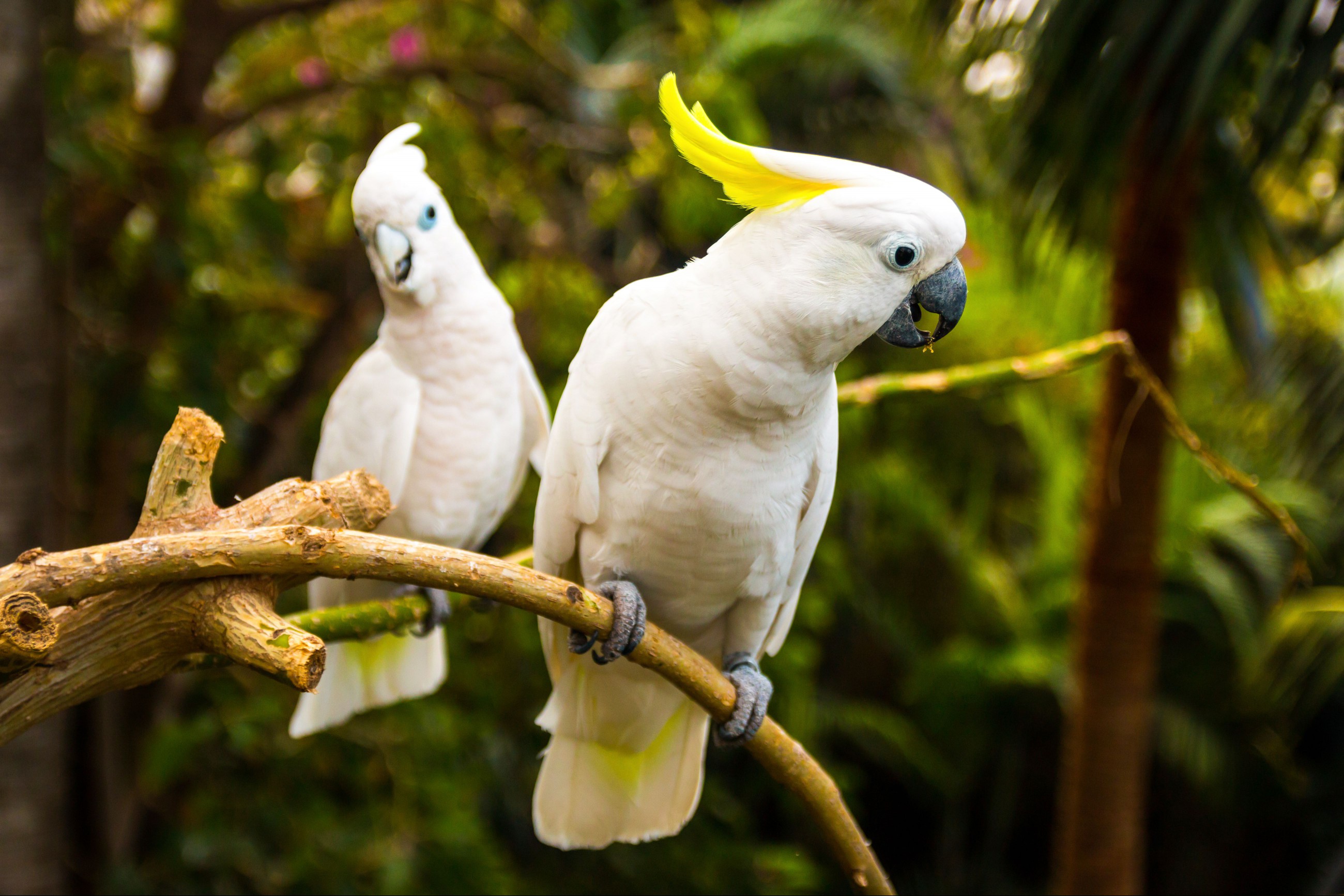
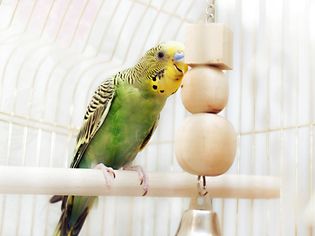

Comments on " Common Beak Problems in Birds" :